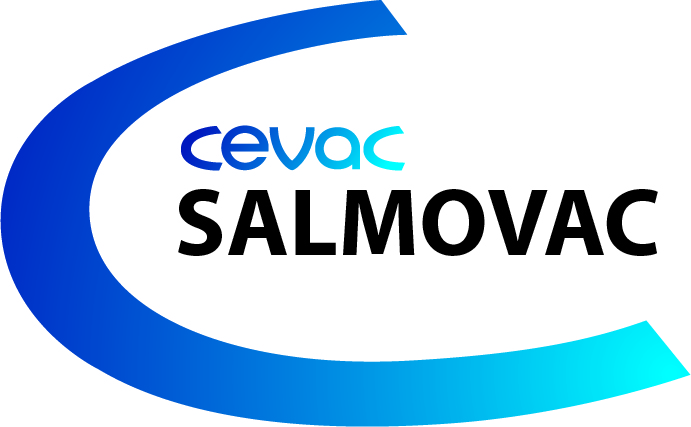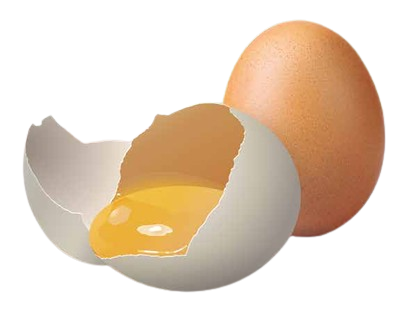
Cevac Salmovac
Reduce the risks associated with Salmonella Enteritidis and Salmonella Typhimurium from an early age and throughout the life of your hens.

Salmonella : a major problem for food safety control worldwide
Salmonellosis is the second most common zoonosis after campylobacteriosis in the European Union1. In the European Union, more than 91,000 cases of salmonellosis are reported each year.
The European Food Safety Agency has estimated that the overall economic burden of human salmonellosis could amount to €3 billion per year.
Eggs and egg products are the main sources of confirmed outbreaks of food-borne salmonellosis (45.6%).
The top 5 Salmonella serovars in human cases reported in 2018 in the EU are detailed in the table on the left.
Vaccination : an important tool in the fight against Salmonella
Salmonella vaccines can reduce organ colonisation and shedding, thereby reducing the potential for vertical transmission to eggs and offspring. However, they do not prevent Salmonella from entering the poultry house, which is why strict biosecurity measures, accompanied by well-applied hygiene procedures, are essential to reduce the risk. Vaccines against live and killed salmonella are available on the market.
What is the Salmovac vaccine?
Start of immunity: 6 days
Duration of immunity :
- 63 weeks (Salmonella Enteritidis)
- 60 weeks (Salmonella Typhimurium)
Double protection: 1 strain covers SE & ST
Differenciation between the vaccine and a field isolate
Cevac® Salmovac is a vaccine strain auxotrophic to adenine and histidine. Therefore, you can distinguish the vaccine strain from field strains using Ceva’s dedicated growth medium called S-Check. You can also use the PCR molecular detection technique to differentiate the vaccine strain from the field strain.
 POULTRY
POULTRY